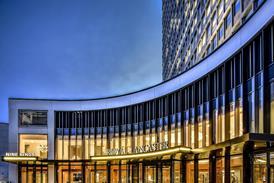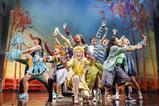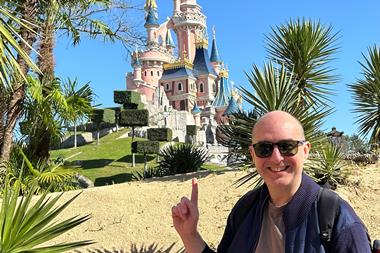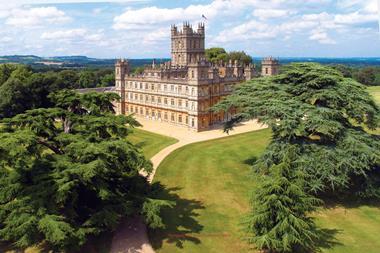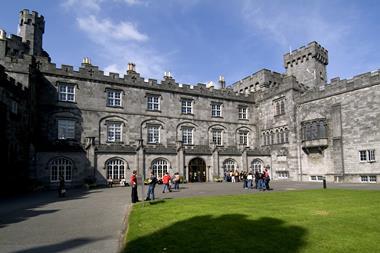We went to Manchester Museum to explore the ‘sense of belonging’ created for visitors after a major £15 million redevelopment project.
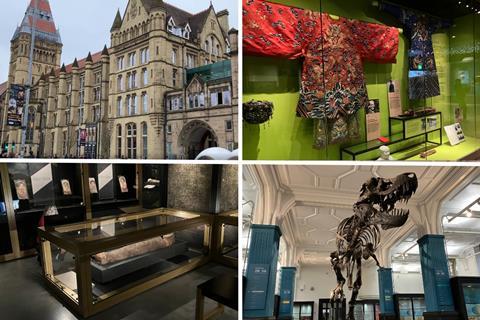
Esme Ward, director of Manchester Museum told me: “Museums are spaces for learning, where we can explore our world. It’s important that everyone feels they belong at the new Manchester Museum.”
A sense of belonging is certainly how I felt while exploring the new displays, the smell of fresh paint to remind you of every attention to detail in this major project.
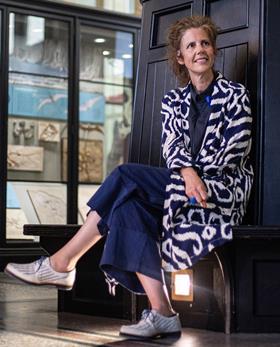
The Hogwarts-style building sits proudly on the campus of The University of Manchester, and has been extended to make more space for new galleries and exhibitions to showcase its collection like never before.
Upon entering the welcome foyer, you’re greeted by Manchester’s most famous elephant (did you even know there was such a thing?) - the skeleton of Maharajah, whose incredible journey to the city began nearly 150 years ago with him smashing up a train carriage in Edinburgh.
The mischievous creature stands in pride of place before you “look at all the wonderful things and so many relics” on display inside - this quote making up part a large extract which is featured near the entrance.
First up is the sparkly new Exhibition Hall where Golden Mummies of Egypt will call home until 31st December 2023. It is the only place in Europe to see a display of this nature, which aims to challenge Victorian narratives of Ancient Egypt through new research from the university next door. You’ll see more than 100 objects and eight mummies which give a rich perspective on beliefs about the afterlife during Egypt’s Graeco-Roman period (332 BC - 395 AD).

I was blown away by the objects on display, equally matched by the enthusiasm and passion shown by curator Campbell Price who told me: “You don’t have to unwrap a mummified person to understand something about Ancient Egypt, so the focus here is really on the outside decoration of these people within this period.
“People know about Tutankhamun and the pyramids, but they might not know about Egypt as a culture. We have some very striking painted portraits, we have Egyptian mummy masks and it’s showing that this culture persisted further than people think into Roman times.”
Manchester Museum for groups
Museum director Esme Ward said: “There’s more space for groups to explore than ever before! We have three new permanent galleries and a brand-new Exhibition Hall where we’ll produce and host ambitious shows.
“We consider ten or more people a group and ask that groups make bookings as far in advance as possible through our website.”
The portraits are certainly striking and are worth analysing in detail. I spent time just wondering what sort of person was looking back at me as I glared into their eyes, with Campbell explaining: “they are more than 2,000 years old and look as if it could be someone you saw on the bus or the street today.”
Creating narratives for these men and women are just part of the mystery, but there’s so much more to see including a rather special find that Campbell pointed out to me.
He added: “One little thing that people might miss is a little 5cm-wide convex glass lens. The archaeologist who found it thought it might have been used to focus light as bull’s eye to start a fire, or to magnify text, but it gets you wondering about what else it might have been used for,” - you see, just more mystery to ignite your imagination and spark curiosity to find out more.
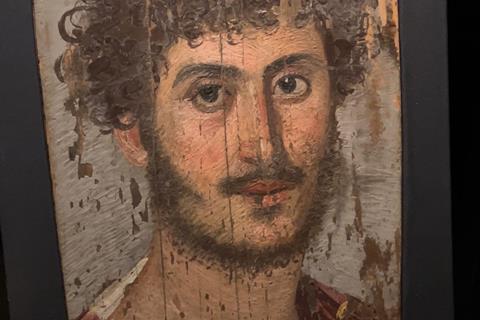
Touch screens and projectors throughout the display indicate minute details that could be overlooked, including one mummy with a thin layer of gold paint between his lips, sometimes placed on the tongue of the deceased in the Roman period to imply divinity and safe passage to the afterlife. And it’s remarkable that this is just one art of the new museum with many more exhibitions to discover.
Other fascinating additions
A dinosaur display awaits upstairs - ‘Stan’ the Tyrannosaurus rex towers over the rest of the exhibition, while the smaller structure, ‘April’ the Tenontosaurus, guards the stairwell in the adjacent room - the first time this skeleton has been able to stand on all fours since it was alive. Our changing world is a focus point throughout, with featured objects such as fragmented rock showing the moment the asteroid hit Earth, relating to our understanding of evolution, climate change and outer space.
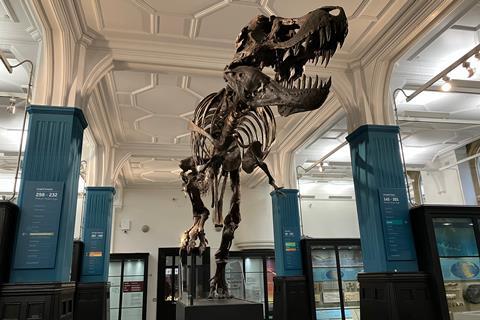
A South Asia Gallery has been launched in partnership with the British Museum, and is the first permanent gallery in the UK to celebrate the lived experiences and contributions of the South Asian diaspora. On to the Chinese Culture Gallery which highlights personal stories of migration, friendships and collaboration to inspire empathy and build understanding.
Finally, the Belonging Gallery draws upon the museum’s collections and diverse cultural perspectives to reflect on what it means to belong, underpinning the theme outlined to me by the museum’s director Esme Ward at the start of my visit.
She added: “Transforming a museum is a once-in-a-lifetime opportunity and I am incredible proud of the entire museum team and our partners. This transformation has been a collective endeavour.
“The museum’s collections are designated of national and international importance. Under one roof you’ll find natural sciences and human cultures. We are also proud of be part of the University of Manchester and being a university museum means we are leading, facilitating and supporting more collections-based and diverse, interdisciplinary research and co-research than ever before. This research is embedded in all the new displays.”
For more information go to www.museum.manchester.ac.uk.




